One of the crucial steps in any garment industry product development process is Sample Making. Sample-making creates a prototype as a final product representation and allows manufacturers, customers, and designers to evaluate it before it goes into mass production.
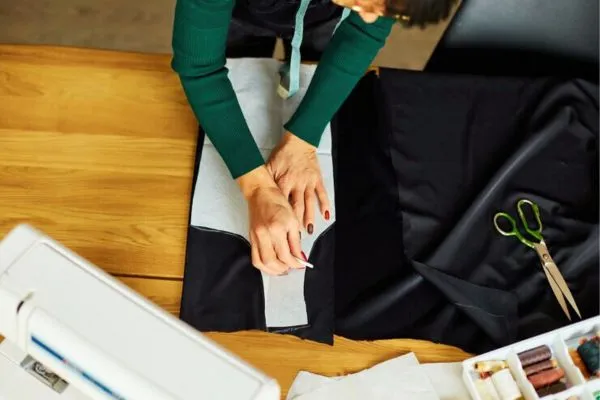
What is Sample Making In the Garment Industry?
Garment Sampling or sample making is a process of creating a prototype of a product before the product goes into bulk production. Since it is about the garment industry, the sample is an essential step for any bulk order. Sample making allows the designers to eliminate any risk of wrong decisions on choosing raw material, making, or cost. Because buyers will not make any mistakes in bulk manufacturing. Usually, the sample-making process involves fit-checking of the garment, quality-checking of fabric and trims, and value-added procedures.

Types of Samples in the Garment Industry
Here are some of the sample types used in the Garment Industry:
- Fit Sample: To Assess the fit and size of the garment.
- Proto/ Prototype Sample: To evaluate the overall look and feel of the garment.
- Sales Sample: To make the samples in multiple sizes and colors.
- Production Sample: To represent the approved design.
- Pre-production sample: To validate the production process.
- Development Sample: To explore design ideas and associated assessments.
Steps and Overview of Sample Making in the Garment Industry
The sample-making process goes through some steps. For instance:
- Choosing the Sample Type
There are different types of samples (Fit samples, proto samples, production samples) to assess the garment fit, check out the construction, design, and fabric, and analyze the quality standards for mass production.
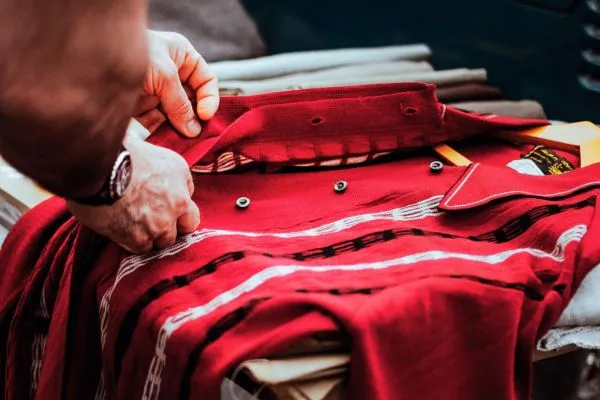
- Grading
After choosing and approving the sample type, a grading procedure will be performed to create various patterns for many sizes in a similar collection of garments.
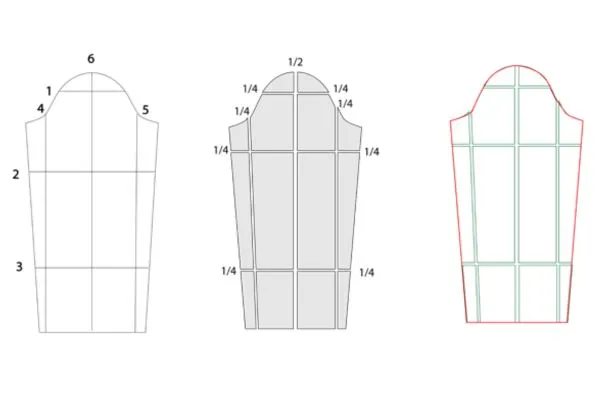
- Quality Control
Another critical part of sample-making is checking for defects or inconsistencies in the design and quality standards.
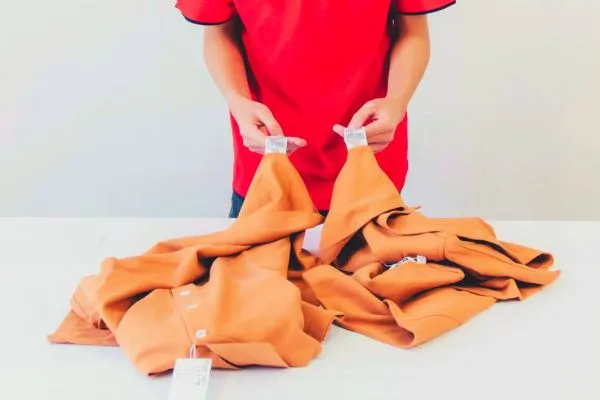
- Technical Measurements
The function of the technical team is to look into fabric quality parameters, trims, and sample measurements. This part also focuses on the pattern, sewing instructions, trim details, and other relevant data.
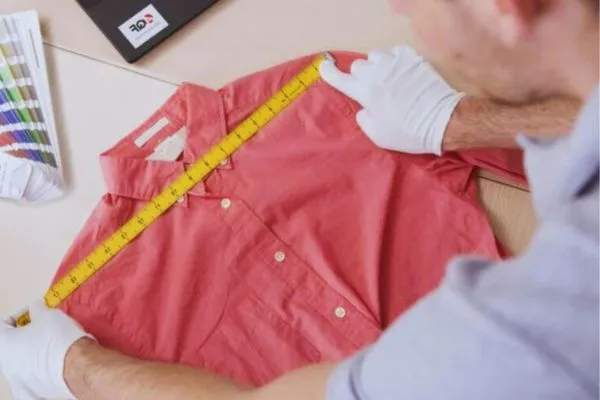
- Showing the Sample to Buyer and Asking for Suggestion
Usually, the buyer asks to make any changes, if required, from one to multiple times to get the perfect sample.
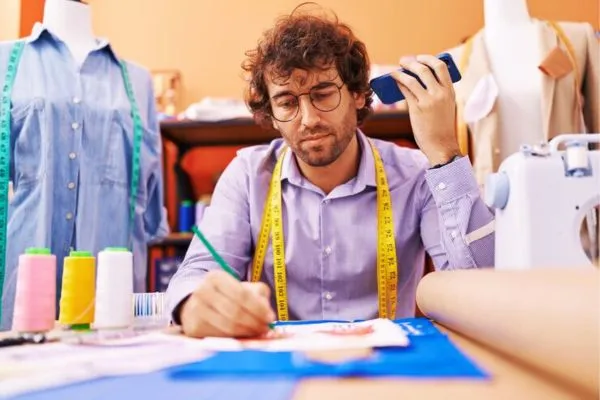
If we briefly write the procedures, the structure would follow:
Process Sequence of Garments Sample Making
Receiving the tech pack from the buyer
↓
Pattern Making
↓
Sourcing the fabric and accessories
↓
Choosing the sample type
↓
↓
Embellishments & Sewing
↓
Iron
↓
Quality Control
↓
Buyer QC
↓
Forwarding the sample from the merchandiser to sending the sample to the buyer
↓
For further recommendation
Importance of Sample Making in Garment Industry
Sample making holds the utmost importance for some reasons:
- It allows designers to reflect their concepts into practical design before mass production.
- To evaluate the garment’s fit and size per the buyer’s requirement.
- To rectify any issues regarding stitching or finishing.
- To evaluate the material and fabric, check the drape, color, and texture.
- To estimate the cost of producing the garment.
Conclusion
To conclude, In the garment industry, sample-making is a dynamic, iterative process that connects the design concept to mass production. Creating samples is an essential step in the clothing manufacturing process since it enables manufacturers and designers to resolve any problems before moving forward with mass production. Sample-making also guarantees that the finished product satisfies the fit, quality, and design requirements.
